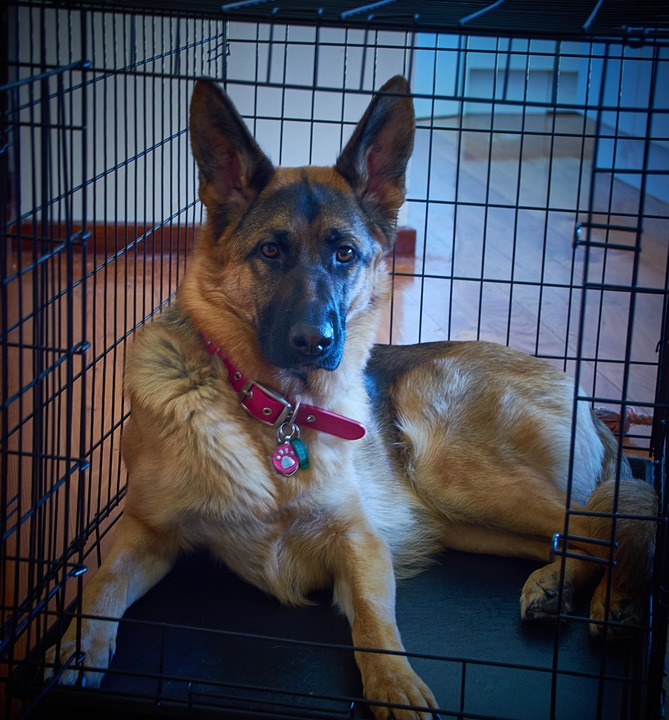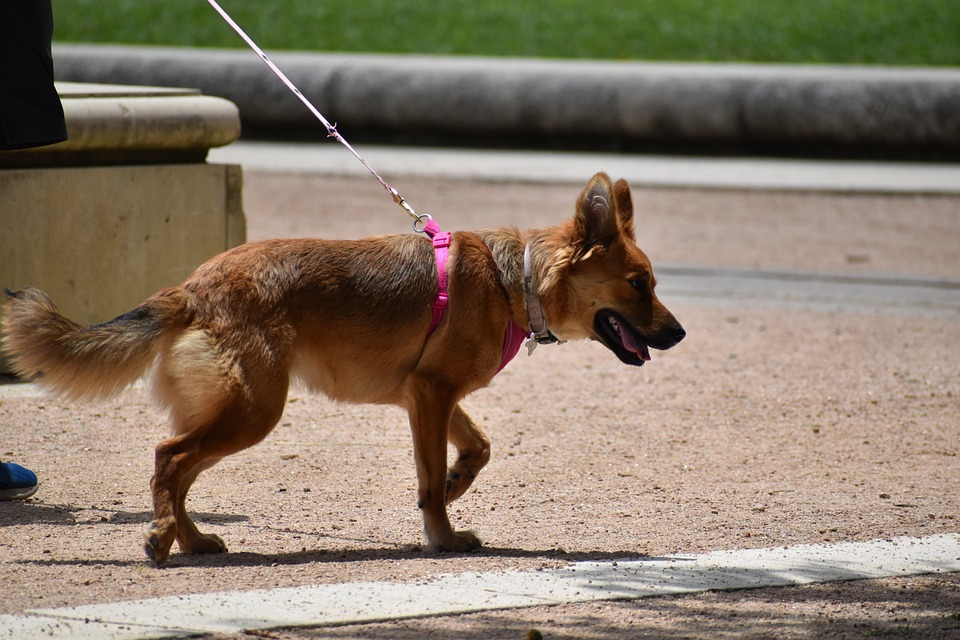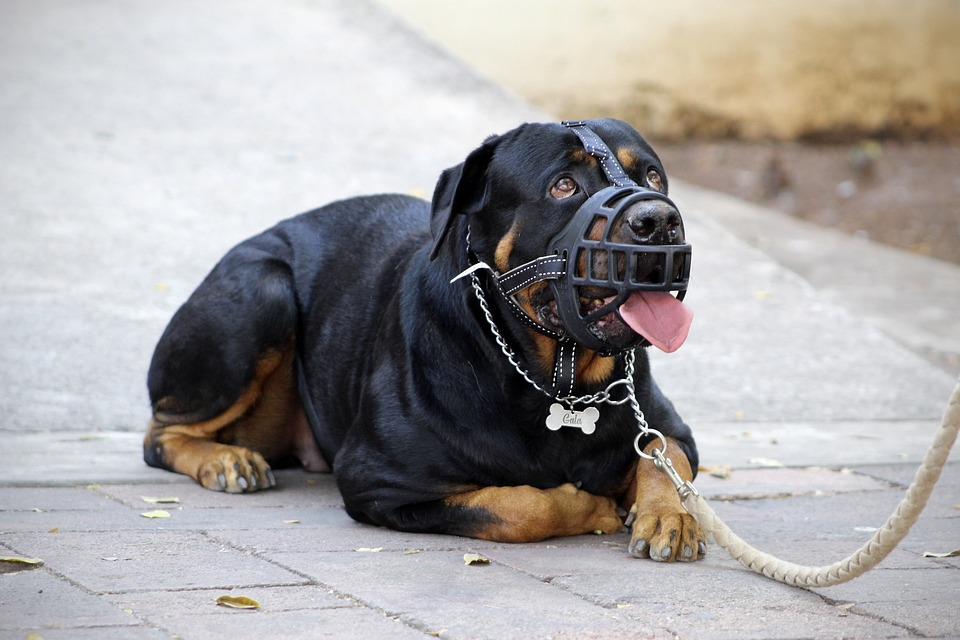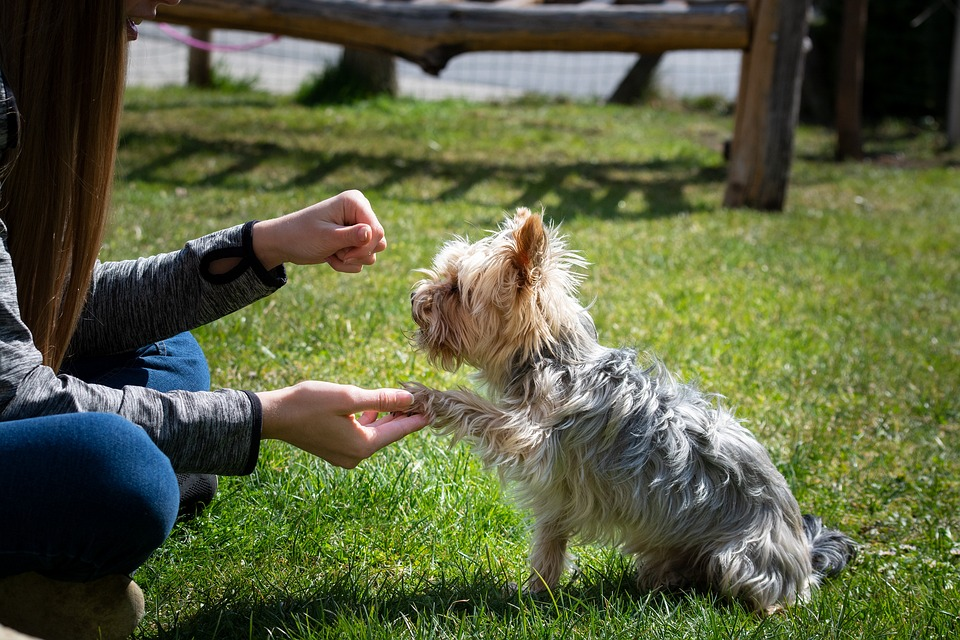Dog aggression training can be a tricky thing to consider. Most dog owners will be familiar with aggressive behaviors like barking, growling, and snapping. While these behaviors can be frustrating, they aren’t usually a cause for concern. However, serious aggressive behaviors like biting can pose a serious threat to both people and other animals. If your dog is exhibiting aggressive behavior, it’s important to seek out professional help.
A qualified trainer can assess the situation and develop a tailored training plan to help your dog overcome their aggression. With time, patience, and consistent training, you can help your dog learn to control their aggressive impulses and live peacefully with people and other animals.

Why Dogs Show Aggressive Behavior
Dogs typically show aggressive behaviors for one of four reasons: territoriality, fear, protectiveness, or canine social hierarchy. Canine aggression is when a dog growls, barks, snaps, or bites in order to assert dominance over other dogs or animals. Territorial aggression is often seen in dogs that have not been properly socialized and see anything that enters their “territory” as a threat. Territorial aggression can be prevented at a young age by taking the correct steps.
Dogs may also become aggressive when they are afraid or feeling threatened. Fearful dogs typically show aggression towards other dogs. This type of aggression in dogs can be known as defensive aggression and is often seen in rescue dogs that have been abused or neglected. Protectiveness is another common reason for aggression. Dogs will often become aggressive in order to protect their owner, their food, or their toys.
Finally, canine social hierarchy plays a role in dog aggression. Dogs that feel like they are low in the pack hierarchy may become aggressive in order to assert themselves and move up in the pack order. Understanding the reasons behind canine aggression can help owners better manage and train their dogs.

Dog Aggression Training Tips
As any dog owner knows, trainability is an important quality in a pet. Dogs that are well-trained are not only more enjoyable to be around, but they are also less likely to get into accidents or cause damage to property. However, some dogs can be more difficult to train than others, and aggressive behavior is one of the most common problems. If you find yourself struggling to train an aggressive dog, there are a few things you can do to help.
First of all, it is important to remain calm and patient. Dogs mirror the emotions of their owners, so if you become frustrated or angry, your dog will only become more agitated. Secondly, it’s important to understand prevention is much better than reaction. We can’t always avoid situations, but with the right preparation and action taken prior to any unwanted behavior, you may save the day and maintain the peace. With time and patience, you should be able to successfully train even the most aggressive dog.

10 Tips If Your Dog Displays Aggression
-
Seek A Vet Examination
Some pets show aggressive behavior when they’re in pain. Pain elicited aggression in dogs can be caused by an undiagnosed health problem. If your animal is typically a good dog, but shows aggression when they’re about to be touched this is a tell-tell sign that it’s because they’re in pain. Their behavior doesn’t make them an aggressive dog, so make sure to take them to the vet to get checked out.
-
Remain Calm
When you have a reactive dog, it is important to know that your animal is going to pick up on your emotions. If you’re frustrated, this can cause frustration elicited aggression in your pet. Your pet is likely feeling the way you are, but in a more extreme case, so be sure to keep your emotions under control.
-
Make Sure Your Dog Is Getting Enough Physical Activity
Some aggressive behavior can be cause by boredom, or lack of exercise. Make sure that you’re taking you dog outside regularly to get some of their energy out. This can help with your dog’s behavior.
-
Use Positive Reinforcement
Your dog’s behavior deserves to be rewarded. If your pet is showing good behavior, give them a few treats to reward them. This will build a strong bond with your dog, based on trust and respect. If you use positive reinforcement, it will help avoid anxiety and aggression.
-
Address Triggers That May Be Causing Your Dog To Acting Aggressively
If you’ve noticed something triggers your animals aggressive behavior, like dog parks, keep them away from them. Many dogs will try to tell you, without words, what is making them act out. If your pet is showing signs of possessive aggression with food, make sure to keep their food bowl away from other dogs. Watch their body language and try to figure out what is causing their aggression, as this can help you find a way fix it.
-
Consider Getting Your Dog Fixed
Many female dogs show aggressive behavior, whether it be because they’re in heat or because they’re trying to attain top rank. Dogs are typically pack animals and one will always like to be the alpha. This is more common in female dogs, than in male dogs but all dogs can show sex related aggression or predatory behavior, so it’s important to consider getting your animal fixed as this can help ease some of this aggression. Male dogs are typically more protective aggression dogs, than female dogs, and female dogs are typically more status seeking aggression in their behavior.
-
Have Realistic Expectations
A dog’s aggressive behaviors can be caused by many things, some things that you didn’t cause. Many older dogs at the shelters want to find a forever home but they react aggressively to new people. This doesn’t mean they’re not the dog for you, they may just have certain triggers and need a little help to adjust. If you have small children you need to make sure that you have a friendly dog for them to interact with, otherwise it’s not safe. Make sure to keep them separated from groups of large people and kids, until you know that your animal won’t harm a family member. Have realistic goals when adopting a new animal and if you see any warning signs that your dog’s behavior isn’t normal, contact a professional dog trainer to help you.
-
Document Your Dog’s Aggressive Behavior
When dealing with an aggressive animal it is important to keep documentation of when and what causes their aggression, so that you can modify their behavior. Finding the cause of the aggressive behavior, can help the vast majority of dog trainers find a solution and help with behavior modification.
-
Find Tools That May Help Your Dog
While there are tons of tools you can use to protect and calm your canine friend, you want to make sure that you’re using them correctly. Any tool that you may use, make sure you’re using it correctly. Here’s a few tools that may help you.
-
Opaque Window Film
If your dog is showing unwanted behaviors while watching outside your window, this can be a quick and easy tool to prevent them from acting out.
-
White Nose
Some pets are overstimulated by noise, causing them to be reactive dogs. Keeping some kind of ongoing noise can help keep them calm from the noise going on in their surroundings.
-
ThunderCap
A thundercap is a tool used kind of like the opaque window films. The thundercap blocks the dog’s eyesight, so that can’t see what’s going on around them.
-
Crate
Crate training is a great way to help calm many dogs. With a crate, dogs can feel like this is their safe place. If your dog has social aggression, this is a great way to make them feel safe in their own home.
-
Muzzle
Covering a dog’s muzzle can prevent dog bites to other people. You want to make sure that you’re not constantly using a muzzle, as it’s not comfortable for your own dog and it’s correctly fixing the problem. But if you are trying to take your pet on a walk, or to the vet, this can prevent puncture wounds, repeated bites, and give you comfort that your dog won’t bite anyone.
-
-
Find A Professional Dog Trainer
At the end of the day, some dogs exhibit aggressive behavior for reasons you may not quite understand. Professional dog trainers specializes in aggressive behavior modification techniques and can properly train an aggressive dog. What’s most important in being pet parents is making sure that your dog’s aggression is handled, and if you can’t handle it yourself, there is no shame in finding a dog trainer.

Conclusion
Dogs are known for being loyal and loving companions, but sometimes they can exhibit aggressive behavior. While aggression is a natural part of a dog’s instinctual behaviors, it can be a problem if it is directed towards humans or other animals. If you’re dealing with an aggressive dog, there are some things you can do to help as pet parents. First, it’s important to understand what is causing the aggressive behavior and the warning signs. Is your dog feeling threatened? Is he trying to protect something? Once you know the trigger, you can begin to work on desensitizing your dog to that particular stimulus. This can be done through balanced training. With time and patience, you can help your aggressive dog learn to control his impulses and become a well-behaved member of the family.
If your young dogs are showing any unwanted behavior or exhibit aggressive behaviors, it’s important to find a dog training program that works for you. Try to understand how your pup feels and remain calm, and let the professional dog trainer help you. Contact us at Ruff House Dog Training for all your dog training needs.











